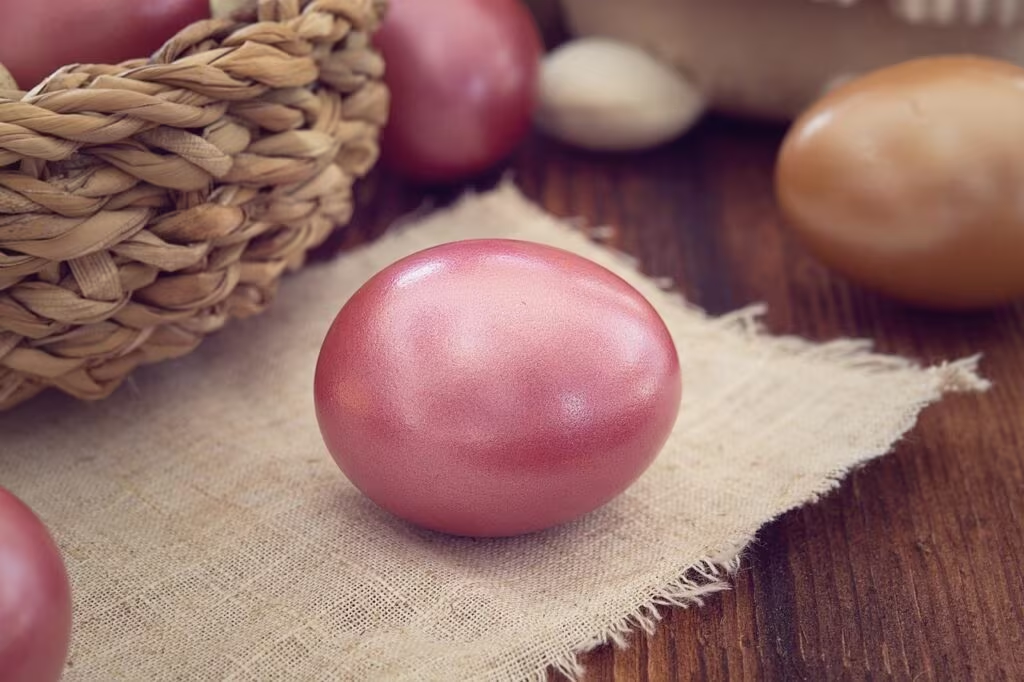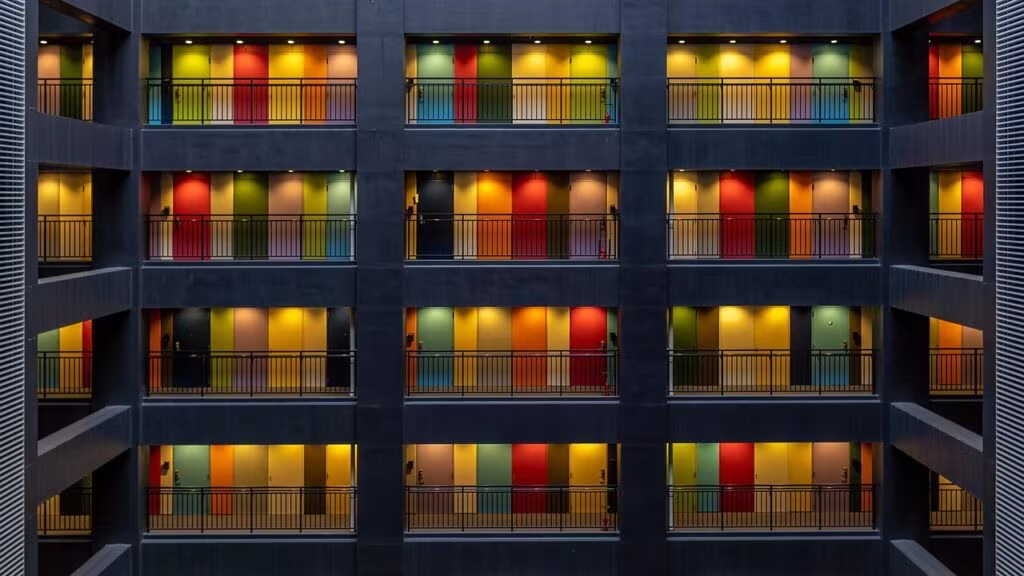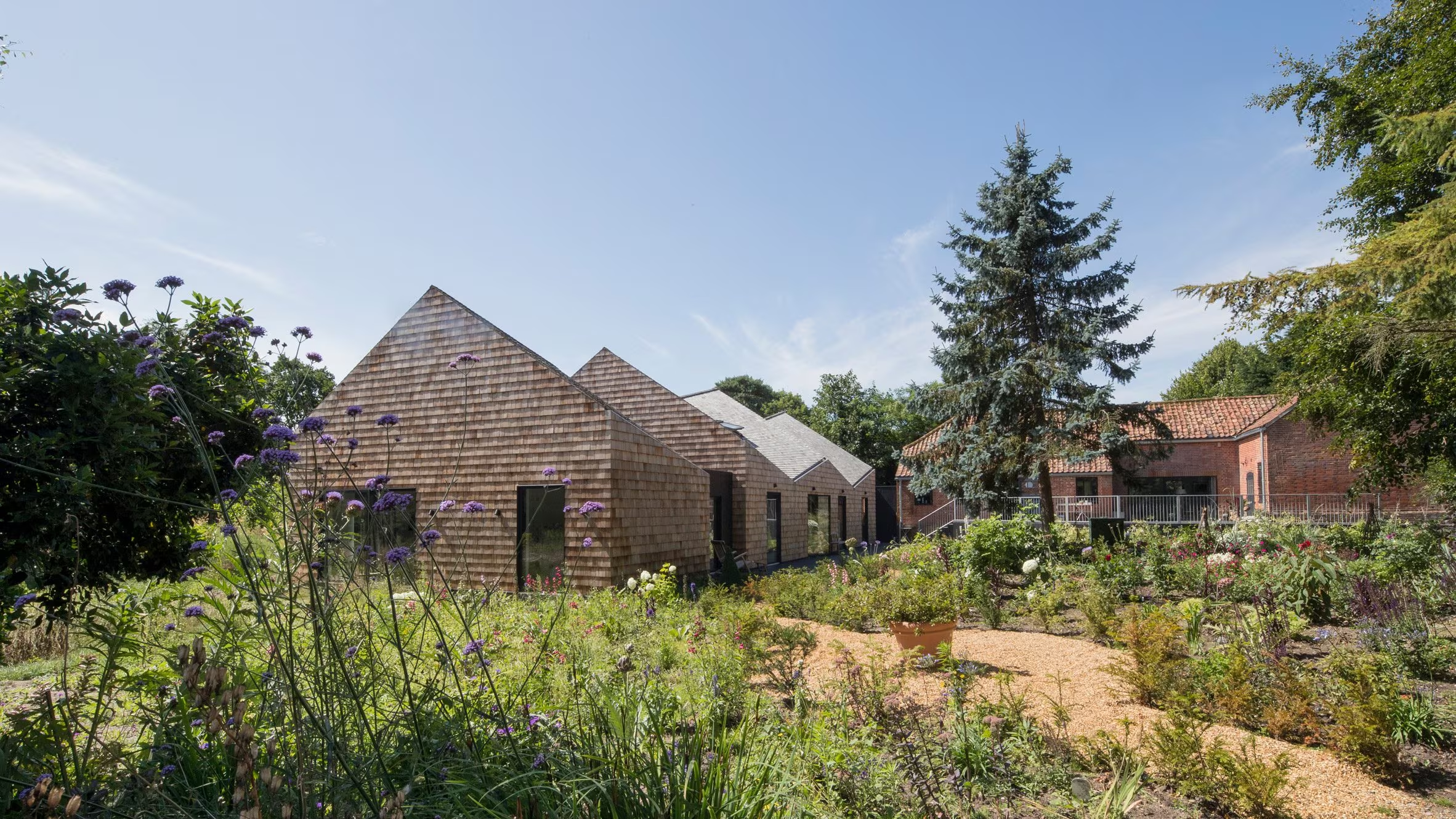The Resurgence of the Shingle: Blurring the Line Between Roof and Wall
In contemporary residential architecture, designers are increasingly turning to traditional materials to achieve strikingly modern, highly textural results. One of the most compelling trends involves the innovative use of shingles—typically reserved for roofing—as a primary facade cladding. This technique creates a distinctive, often organic, or “scaly” appearance that gives homes a unique visual depth and character.
This trend moves beyond simple weatherboarding, transforming the exterior surface into a dynamic, overlapping skin. These seven projects, ranging from a rustic barn conversion in rural England to a sleek, organic cottage in Poland, exemplify how architects are harnessing the protective and aesthetic qualities of shingles to redefine the residential envelope.

Architectural Intent: Why the Scaly Texture?
The use of overlapping shingles provides both practical and aesthetic advantages. Functionally, the system offers exceptional weatherproofing and durability, particularly when using materials like cedar, slate, or copper. Aesthetically, the repetitive, overlapping pattern creates a sense of movement and texture that changes dramatically with the light, giving the structure an almost living, organic quality—hence the description of a “scaly” finish.
Architects employing this technique often seek to achieve one of three primary design goals:
- Organic Integration: Using natural materials like wood or slate to help the structure blend seamlessly into its natural environment, mimicking the textures found in nature (like fish scales or pinecones).
- Visual Softening: Breaking up the harsh lines of modern geometry, allowing the building to appear softer and more approachable despite its contemporary form.
- Historical Reference: Honoring traditional vernacular architecture, where shingles were a common protective material, while pushing their application into a modern, sculptural realm.
Case Studies in Textured Cladding: Seven Innovative Homes
The following seven projects showcase the diversity of materials and architectural approaches possible when using scaly shingle cladding. Each home utilizes the material to achieve a specific, highly textural effect, demonstrating mastery in material application and form.
1. The Rustic Reinterpretation: Barn Conversion in Rural England
This project took a dilapidated agricultural structure and transformed it into a modern dwelling while maintaining a deep connection to the landscape. The architects chose dark, possibly slate or treated wood shingles, applied in a tight, overlapping pattern. The dark, uniform color emphasizes the texture rather than the individual pieces, giving the barn a monolithic, yet highly textured, appearance that grounds it firmly in the English countryside.
2. Lakeside Organicism: The Polish Cottage
Located near a body of water in Poland, this cottage features an irregular, often curved form. To clad the non-linear surfaces, the architects opted for smaller, possibly cedar shingles. The material choice allows the facade to follow the building’s organic contours perfectly, creating a soft, almost feathered exterior that contrasts beautifully with the surrounding water and forest.

3. The Urban Chameleon: Adapting to the Cityscape
This project, situated in a dense urban environment, uses shingles not to blend in, but to stand out with sophisticated texture. Here, the shingles are often metal (zinc or copper), providing a sharp, metallic sheen. The scaly pattern catches the light differently throughout the day, ensuring the facade remains visually dynamic and distinct from its flat, glass-and-concrete neighbors.
4. Sustainable Scallops: Reclaimed Material Focus
Focusing on sustainability, this house utilized reclaimed wood or salvaged slate for its cladding. The inherent variation in color and wear of the reclaimed material enhances the ‘scaly’ effect, giving the home a rich patina and a story. This approach demonstrates that high-texture design can align perfectly with environmental responsibility.
5. The Sculptural Shell: Irregular Forms
Designed with a highly irregular or asymmetrical roofline and walls, this structure uses the shingle pattern to unify these disparate elements. The consistent, rhythmic application of the shingles acts as a second skin, making the entire building read as a single, cohesive sculpture, regardless of the complexity of its underlying geometry.
6. The Copper Patina House
Utilizing copper shingles, this home is designed for evolution. Initially bright and reflective, the copper will gradually oxidize and develop a deep green or blue-green patina over time. This slow transformation means the ‘scaly’ texture will change color and character with the seasons and years, offering a dynamic, long-term aesthetic experience.
7. The Modernist Interpretation: Large Format Shingles
Breaking from the small, traditional scale, this project uses large format fiber-cement or composite shingles. While still overlapping to create the scaly texture, the larger size provides a bolder, more graphic rhythm. This technique bridges the gap between traditional shingle work and contemporary panelized facades, offering a clean, yet highly textured, finish.
Material Science: Achieving the Perfect Scale
The choice of material dictates the final aesthetic and performance of the scaly facade. Architects must consider durability, maintenance, and how the material will age.
| Material Type | Aesthetic Effect | Key Performance Feature |
|---|---|---|
| Cedar/Wood | Soft, Organic, Warm | Excellent Insulation, Natural Patina |
| Slate | Dense, Permanent, Dark | Extreme Durability, Fire Resistance |
| Copper/Zinc | Reflective, Dynamic, Evolving | Self-Healing, Develops Patina Over Time |
| Fiber Cement | Uniform, Graphic, Low-Maintenance | Cost-Effective, Wide Range of Colors |

The Nuance of Installation
Achieving the desired ‘scaly’ look requires meticulous installation. Unlike standard siding, these applications often require custom cuts, specific exposure ratios (the visible portion of the shingle), and sometimes staggered or curved layouts to enhance the organic feel. The success of the facade relies heavily on the craftsman’s ability to handle the material as a continuous, flowing surface rather than discrete pieces.
Key Takeaways for Design Enthusiasts
This collection of seven homes highlights a significant shift in how architects view exterior cladding—moving from simple protection to sophisticated texture. For those interested in innovative residential design, these projects offer valuable insights:
- Texture is the New Ornament: The scaly shingle facade proves that texture alone can provide sufficient visual interest without the need for excessive ornamentation.
- Traditional Materials, Modern Forms: Shingles, a centuries-old material, are perfectly adaptable to complex, contemporary geometries, including curved walls and irregular rooflines.
- Embracing Patina: Many of these designs, especially those using natural wood or copper, are intended to age and change, celebrating the natural process of weathering rather than fighting it.
- Integration with Nature: The organic, repetitive nature of the shingle pattern helps these homes feel integrated with their natural settings, whether rural or lakeside.
Conclusion
The seven homes clad in scaly shingles are more than just aesthetically pleasing; they represent a thoughtful approach to material science and architectural expression. By embracing the inherent texture and protective qualities of overlapping cladding, these projects demonstrate how a simple, traditional component can be elevated to define the entire character of a modern dwelling. This trend confirms the enduring power of texture in creating homes that are not only durable and functional but also deeply evocative and visually rich.
Original author: Lizzie Crook
Originally published: November 8, 2025
Editorial note: Our team reviewed and enhanced this coverage with AI-assisted tools and human editing to add helpful context while preserving verified facts and quotations from the original source.
We encourage you to consult the publisher above for the complete report and to reach out if you spot inaccuracies or compliance concerns.

